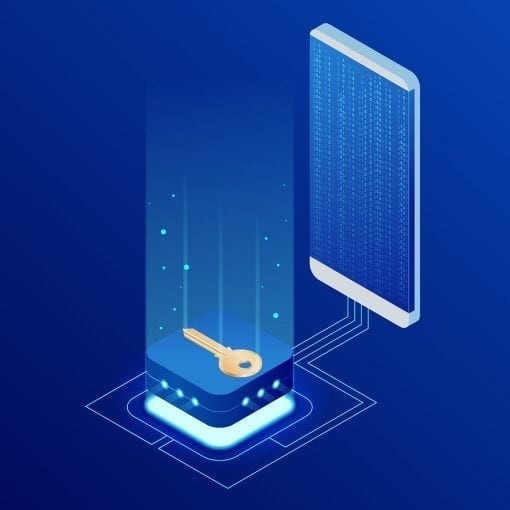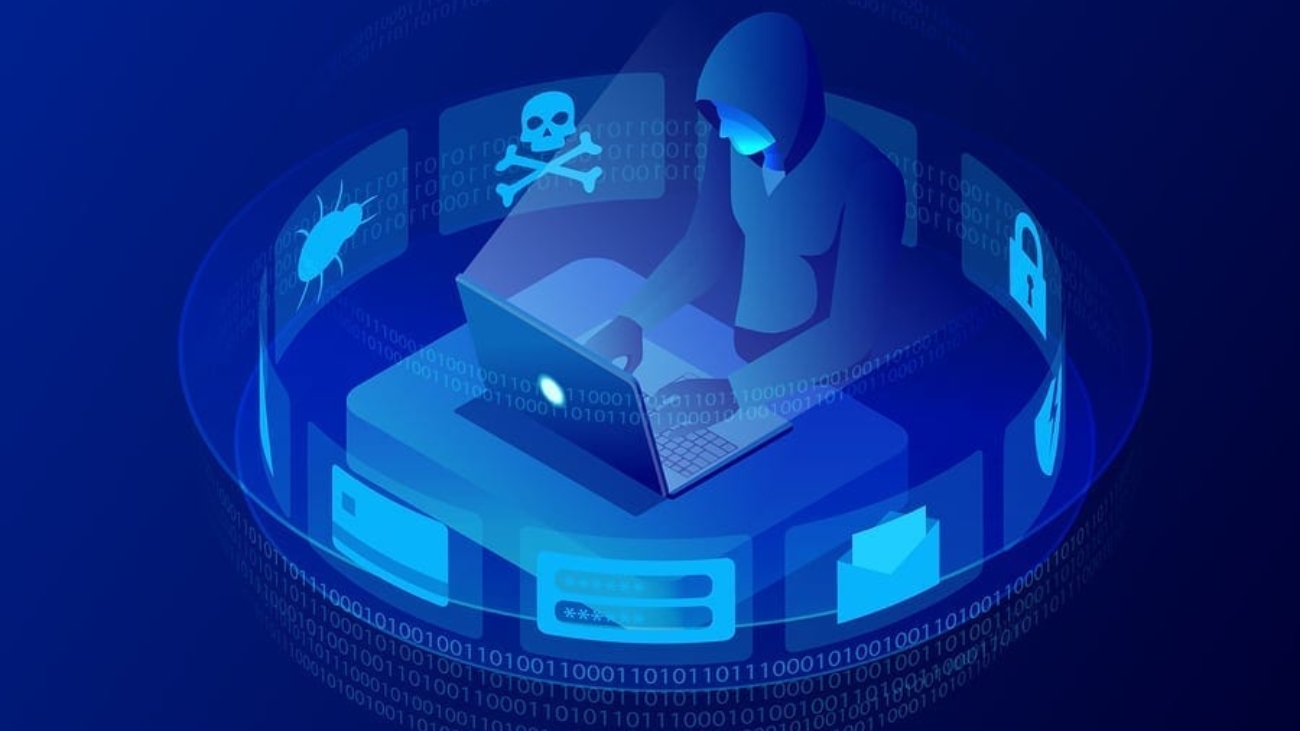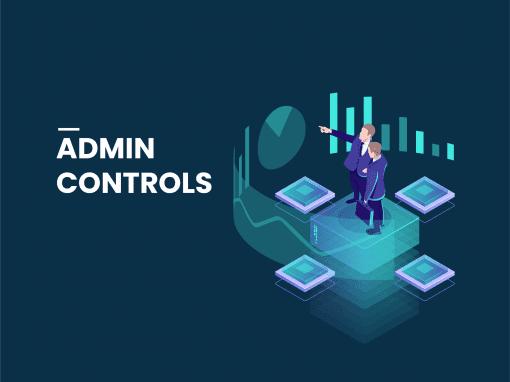Printers Are Forgotten About
Every office has at least one printer – quite often, a multi-function machine that also scans and faxes. These machines allow us to distribute hard copies of things, print out websites for the older workers to write their comments on, create signs playing practical jokes on Joe from Accounting, and other very important office things. Everyone oohs and aahs when the new printer arrives, but after it’s installed and hooked to the network, no one thinks about it again until one of its consumables needs replacing. The printer becomes almost a piece of furniture – it has a function, but other than that it just sits there. Until it becomes a portal for intruders, that is. Printer Security may be the last thing on your entire office’s mind, but should it be?
Printers Can Be Gateways of Evil
There are many long-running Internet jokes on how printers are evil. In fact, they aren’t really. Sure, they have to be tended to now and again, but it’s normally just for the feeding of paper and ink/toner. What printers can be, though, are ignored gateways for evil to reach into your networks. Think about it: devices are added to networks all the time and we’ve been trained to properly protect and secure them (which is good). But for some reason, we often seem to forget that printers are devices existing on our network, too. We forget that printers have reach to all our computers. We forget to include printers inside our shell of cybersecurity. Many of us have grown up with printers always there (especially when compared to the vast army of IoT products that have been amassing to take money from our wallets in the last handful of years), and just trust them to be there and be safe.

And this is exactly what infiltrators want us to do: forget to protect our printers. Because if our printers aren’t protected, infiltrators have a gateway from which to invade our networks.
Printers Can be Exploited – Printer Security
Printers, just like any unprotected IoT device, can be exploited in a number of ways. One of the main ways printers can be compromised is through DNS rebinding attacks. DNS rebinding allows malicious attackers to squeeze around your firewall and find and exploit unprotected devices, such as printers. According to a study by Armis, an estimated 66% of printers from all major brands are vulnerable to DNS rebinding – that’s approximately 165 million printers.
Once a printer has been perforated (old school dot matrix joke there), infiltrators can do a variety of things. The first thing they might do is download all the documents being printed, scanned, or cached on the printer. Those could be as simple as business flyer drafts and as dangerous as tax forms and contracts.
But the damage doesn’t stop there. Once they’ve pierced through your printer, evil-doers can spread throughout your network finding more to exploit. From your printer, they can spread like any other network invasion, installing ransomware, taking over systems, and every other bad thing you can imagine.
Fognigma Protects Printers
Want to make sure your printers are safe? The easiest way is to plug it into a little device called a Wicket, which pulls the printer onto your Fognigma-created network. Because your printer is now protected by Fognigma, it can’t be detected by those looking for network vulnerabilities because your entire network can’t be detected. Don’t have Fognigma yet for your cybersecurity? Well, read on to learn more and how it is a game changer in the realm of cybersecurity.

Fognigma enterprise software gives you the power to create truly invisible networks. Fognigma builds secure and traceless networks by using randomly leased components spread out across multiple clouds which function together as one network. Fognigma networks are wrapped in two layers of AES-256 encryption and hide and protect your communications, files, users, network, and yes, even your printers.
Any device connected to your Fognigma-created network doesn’t seem to exist to the world, so won’t be a target for exploitation. As stated before, printers tend to be forgotten about. We plug them in, connect them to our network, and then use them until they are replaced by a new version. Lather. Rinse. Repeat. But now, just as easily as you would connect them to a regular network, you are attaching them into a Fognigma network.
And, also just to make it clear, Fognigma does in fact protect your printer, but it does secure so much more. We focused on printers as an easy-to-abuse access point for violating an organization’s network, but Fognigma protects everything your organization holds dear. It also has many other valuable features, such as obfuscating network traffic, traceless telephony, encrypted file share, and the ability to safely access your Fognigma network from anywhere in the world on any device.
Fognigma is ready to protect your organization’s entire network with leading-edge technology. We just wanted to make sure you knew your printers would be safe, too.







